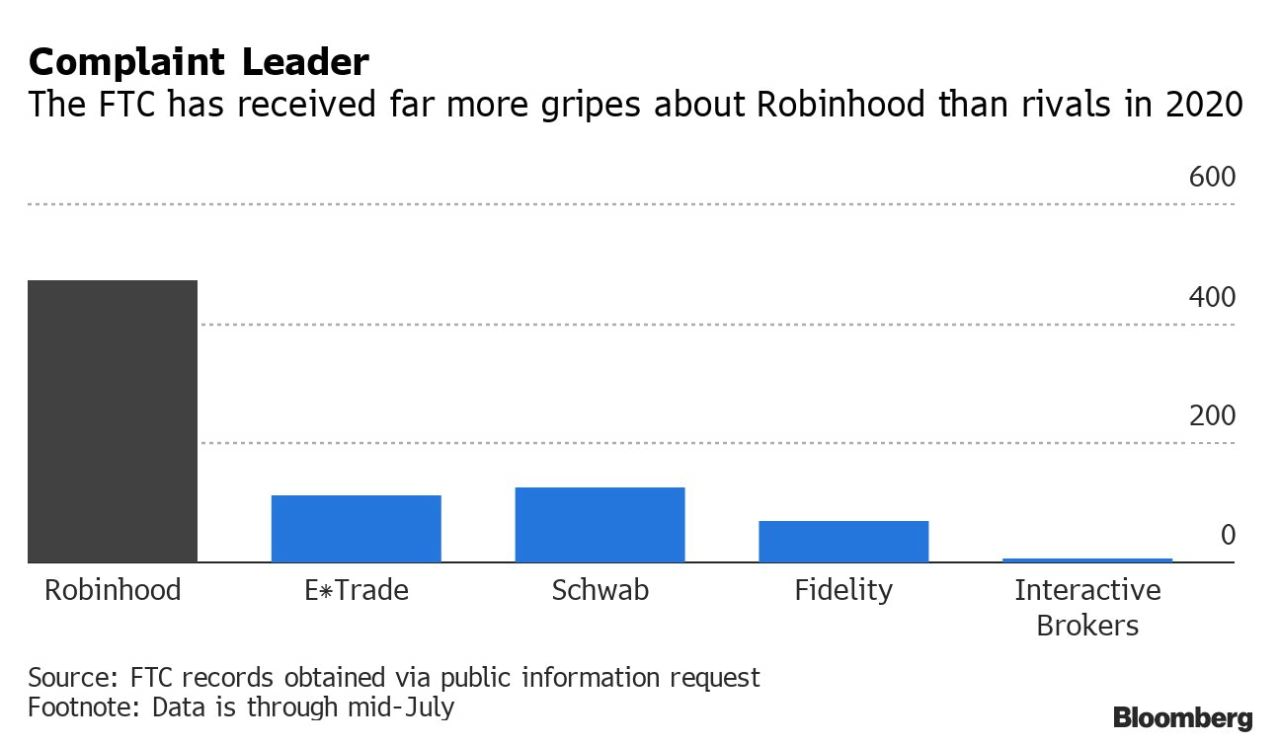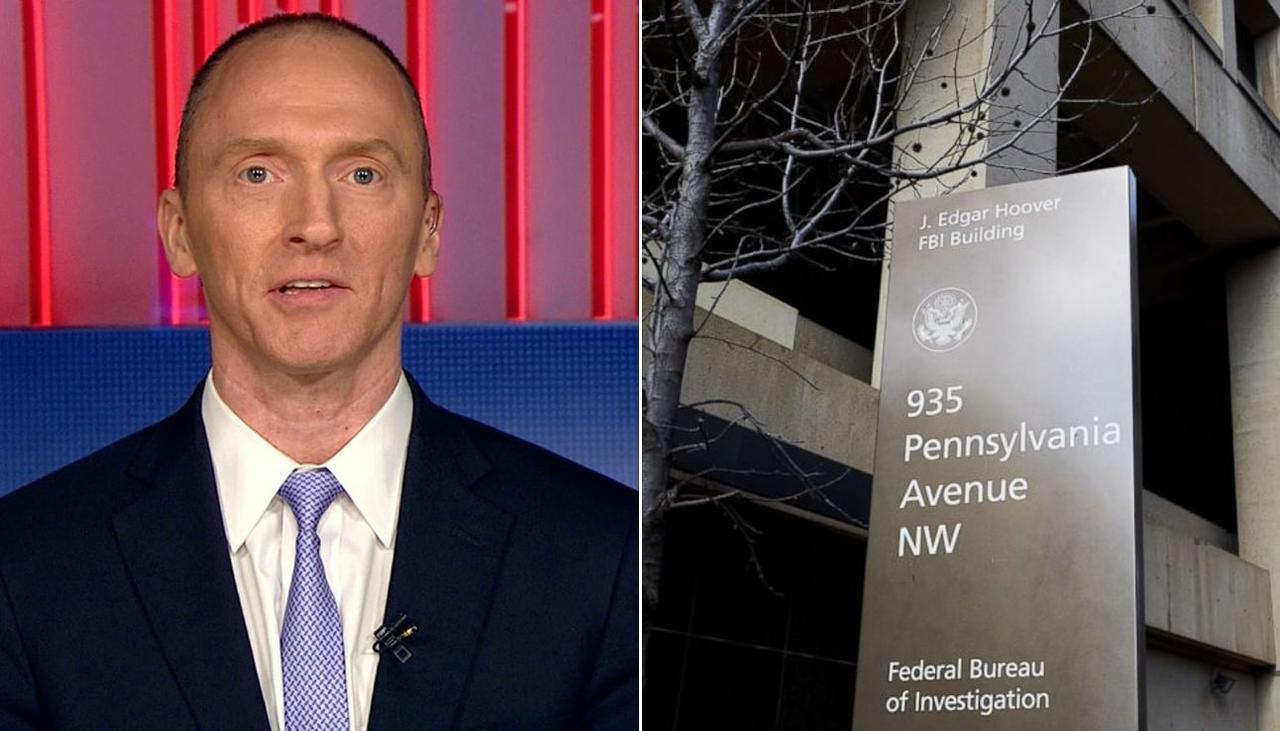
The country is in the grip of a hallucinatory fever, one that has people seeing as monstrous or heroic any action that confirms that their side is right and the other is wrong.
This was on display Sunday morning, when individuals and media accounts rationalized the point-blank killing of Aaron J. “Jay” Danielson: They claimed that he was an outsider (Danielson lived in Portland), that he’d been coming at the killer while a gun was in his hand (it would prove to be a can of Mace), that the murder of Danielson (who was white) was “a bit of justice for the black people that were killed by police” (at odds with any version of morality), and, always, that he was wearing a Patriot Prayer baseball cap.
This last detail may not mean much to those outside of Portland, but Patriot Prayer and its founder, Joey Gibson, are characterized by left-wing activists and protesters as right-wing extremists who come to Portland to bash heads and stoke division and, thus, are the enemy. Though Patriot Prayer had maintained virtually no presence in Portland since the protests began—up until Danielson’s murder by a self-proclaimed supporter of antifa, that is—that did not deter activists from seeing the murder as nothing to be sorry about. On Sunday morning, I watched a video of people cheering Danielson’s death. It is both an abomination and evidence of any movement’s ultimate failure. You cannot celebrate the shooting of one man by another, no matter how much you claim the killing conforms to your sense of justice, and expect to achieve justice.
Did any on the activist side feel contrition? Maybe. The morning after the murder, some people associated with antifa seemed spooked that a person on “their” side had gone ahead and done the killing that had been crackling in the air for weeks. One member tweeted that he’d gone home early Saturday night because he felt things were getting hot downtown and intimated it was OK for others to do the same, a sentiment that contradicts the nightly chant of, “Stay together! Stay tight! We do this every night!” Another member, who at first asked me to promote the idea that “last night’s shooter acted in self-defense,” went quiet after video revealed this was not the case and the shooter was positively identified as being on the pro-antifa side.
Which raises the question: What counts as being on someone’s side? The shooter, Michael Reinoehl, was a 48-year-old with a troubled past and a police record who in the spring locked in on Black Lives Matter (BLM) as a place he might find purchase. In a post on his Instagram account, he wrote: “Every Revolution needs people that are willing and ready to fight…I am 100% ANTIFA all the way! I am willing to fight for my brothers and sisters!…#Antifa #blaklivesmatter [sic] #fuckthepolice“
In July, Reinoehl was filmed saying he’d been shot while protecting BLM protesters; also, that he’d brought along his young daughter (seen eating from a takeout container in the front seat of a car) because “I’m trying to give her an education…she’s going to be contributing to running this new country that we’re fighting for.”
Whether Reinoehl thought he would be seen as a hero, or had hate in his heart, or something else entirely may be determined later. What we can know today is that his actions are a symptom of what happens when a movement gets such a glow that it attracts people ready to take things to the next level. For most people, fatal violence causes an instinct to recoil, to take a step back and reconsider. But not for everyone. The night after Danielson’s murder, activists again tried to burn a police station. The night after that, they were back at Mayor Ted Wheeler’s apartment building, setting fires. That things will get worse before they get better seems inevitable; a movement that justifies intimidation and violence moves in only one direction, and anyone who says they did not see this coming to the streets of Portland has not been paying attention.
“He was courageous, but very gentle,” Joey Gibson said. It had been 19 hours since his friend Danielson had been shot and killed. Gibson, 36, was back home in Vancouver, Washington, just north of Portland. It had been one day since he and other members of Patriot Prayer had decided at the last minute to join a truck caravan in support of President Donald Trump they’d seen publicized on Facebook.
“It wasn’t even a Patriot Prayer thing,” he said. “We just went down with a bunch of guys.”
Gibson, who’s clashed with antifa in Portland many times, had not been overly nervous about the caravan entering the city. “I expected it to be okay because the organizer did not announce the route,” he said. “Antifa and these protesters, if you don’t give them preparation, it’s usually safe.”
It is not controversial to say that antifa does not like Gibson and that they see him as the embodiment of the oppression they are fighting: He looks white (Gibson is half-Japanese), he seems to be a Republican (Gibson claims he is a libertarian), and he’s a practicing Christian. He is also a provocateur aware of the reaction he provokes. He’s like catnip to antifa. Recent forays into Portland have resulted in him being mobbed by protesters, despite what he claims was his mission that day: to promote Black Lives Matter.
“I went in there by myself after Marquise Love pulled that guy out of the truck and kicked him in the head,” Gibson said. “I showed up with a bullhorn 24 hours later and went down[town] and called them out. ‘You want to stand for black lives? Okay, good. Let’s do that. But let’s call out these people who are trying to murder other people.'”
If Gibson considers himself a peacekeeper, most Portlanders see him as a fascist. The day after Danielson was killed, Gov. Kate Brown released a statement. “The right-wing group Patriot Prayer and self-proclaimed militia members drove into downtown Portland last night, armed and looking for a fight,” she declared. “Every Oregonian has the right to freely express their views without fear of deadly violence. I will not allow Patriot Prayer and armed white supremacists to bring more bloodshed to our streets.”
It is true that members of Patriot Prayer sometimes carry weapons. It is true that the truck caravan, made up of different pro-Trump factions, blasted street protesters with paintball guns and Mace. In turn, protesters pelted them with various objects and sprayed them with urine from Super Soakers.
Had this been the Portland of a year ago, the clash between the right and left might have ended there. A Proud Boys versus antifa rally in August 2019 seemed mostly to be LARPing and boo-ya!
“In the past, it felt like more of a professional wrestling or football type of thing. George Floyd changed that,” said Gibson. “Then you’ve got COVID, you’ve got the lockdown, everyone’s angry. A lot of people aren’t working. Tensions are really high. It’s definitely true and you can feel it. It’s in the air. Even last night, I felt something just in the air, that tension.”
Aaron Danielson and Chandler Pappas were in downtown Portland just after 8 p.m. on Saturday. The friends were no longer part of the truck caravan, more scouting out what was still going on of the confrontation. Both were carrying Mace and Danielson carried a knife. Both were wearing Patriot Prayer hats. At 8:38 p.m., Pappas heard someone say, “Got a couple of ’em right here! Got a couple of ’em right here!” and, a moment later, “Pull it out! Pull it out!” He and Danielson turned around, and if Danielson registered that a gun was being pointed at them, Pappas did not. Then two shots rang out and people started running. Pappas tried to process what had happened; did someone just shoot at them? He was OK. Danielson was not, he was on the ground. One bullet had gone through the can of Mace he was holding. The other had gone through his chest.
“Jay’s dead because he believed something different,” Pappas would say the next day. “Jay’s not a racist, he’s not a xenophobe or whatever label. He’s not an –ist or an –ism. He’s an independent man. And he’s a good man. And he didn’t do anything to earn a bullet in the chest.”
When asked what he would want Trump to do in reaction to the killing, Pappas said, “Send troops. Send troops.”
The city of Portland and the state of Oregon would not request federal troops. On the contrary, during a press conference the day after the killing, Mayor Wheeler was adamant about placing much of the blame for the city’s violence and the violence gripping the nation with the Trump administration and what Wheeler sees as the president’s rhetoric of hate. Whatever one feels about Wheeler’s or Trump’s blind spots or inadequacies, sending federal troops to Portland right now would almost surely escalate the conflict.
Perhaps understanding this, Gov. Brown instead came up with a six-point plan. She would need to mollify multiple groups in Portland at the expense of others. She would have nearby municipalities shore up the Portland Police Bureau. She would request that the FBI “commit additional resources for investigation of criminal activity.” Earlier in the plan is where she’d mentioned, “The right-wing group Patriot Prayer and self-proclaimed militia members drove into downtown Portland last night, armed and looking for a fight.” There was no mention of any other faction involved in the fight.
Brown’s plan to reinstate peace backfired within a day, with the sheriffs in both Washington and Clackamas counties, which border Portland, refusing to offer more than ancillary support. The departments laid out the steps that had gotten Portland where it was—the defunding of certain police programs, the decriminalization of violent acts committed by protesters—and essentially said, you broke it, you fix it.
Gibson had left the truck caravan early Saturday evening and headed back to its starting point in Clackamas, 16 miles south of Portland. At that point he saw some video of trucks that seemed like they were “stuck and being attacked” and decided to head back to the city, along with a friend.
“It was just a coincidence we showed up right where Jay’s body was,” he said, though he did not see Danielson or yet know that he had been killed. He did see the protesters, who recognized him immediately.
“I came around the corner, and all of a sudden, there’s like 300, 400 of them,” he said. “I cannot run from them, because when you run, they psychologically just get into the mob mentality of, ‘Let’s beat him up.'”
Instead, he and his friend walked slowly. They had to; they were surrounded by antifa and other protesters screaming, “GO HOME JOEY!” Someone in the crowd, whom Gibson called “one brave girl,” joined them, as did several other people who broke away from the protesters and acted as de facto bodyguards. They got Gibson to a gas station, where he took refuge as dozens of protesters shouted and pounded on the building.
“Anyone else you see in that video that was protecting us? These are Black Lives Matter types,” he said “It means a lot to see them step up and try to protect us and put themselves basically in danger.”
Gibson claiming to need protection will strike some as hilarious or posturing or evil misdirection. It complicates the picture to see someone nearly always presented as the aggressor as anything else. Being unwilling to complicate the picture—to see people’s actions only through a scrim of ideology, or as Brown or Trump would have us see it—has gotten us where we are.
While the grievous police shooting of Jacob Blake earlier in the week in Kenosha, Wisconsin, provoked an enormous national response, the reaction to the killing in Portland has been much more muted. Someone who livestreamed Danielson’s killing told the New York Times that he “believed the Portland police should not have allowed the pro-Trump caravan to enter an area they knew would be occupied by opposing protesters.” While any protest death can become a political football, some are deemed more useful than others in advancing a narrative. If we want to transcend the deadly impasse at which we find ourselves, we cannot start assigning value to one person’s life but not another’s, no matter how doing so mixes up the picture.
from Latest – Reason.com https://ift.tt/3jusr6i
via IFTTT






